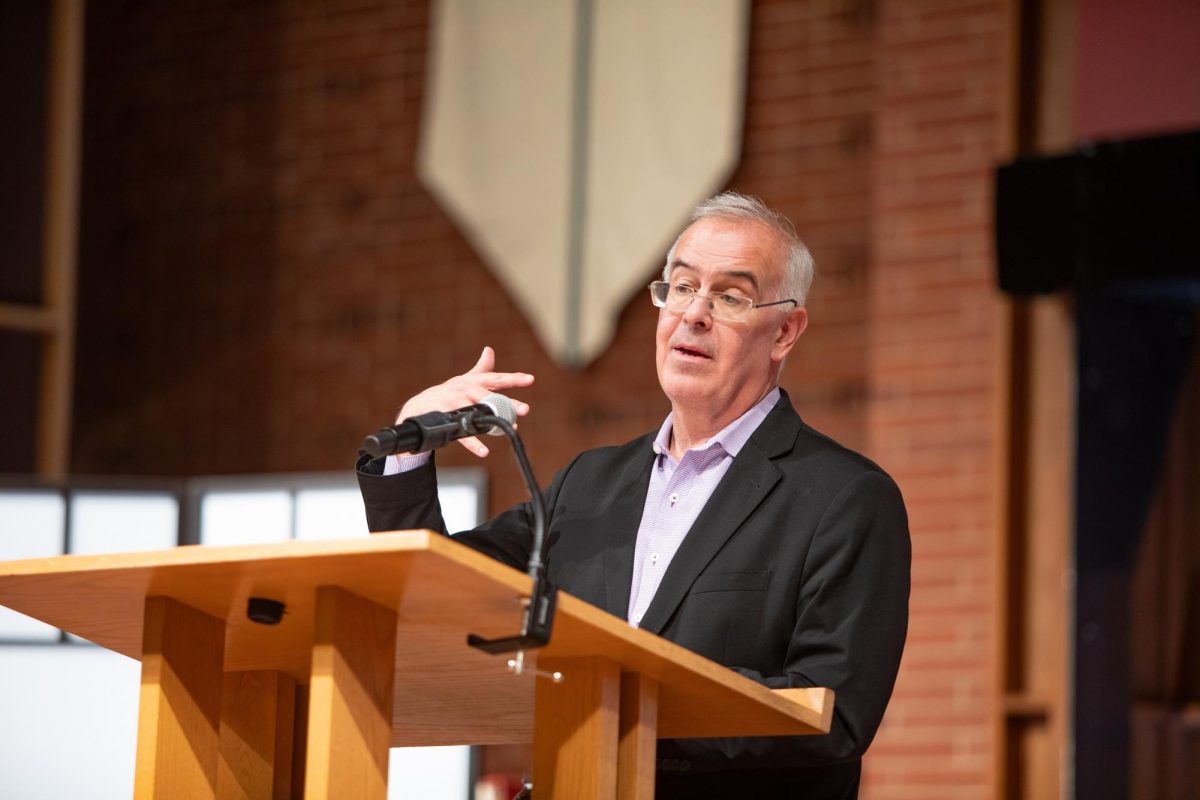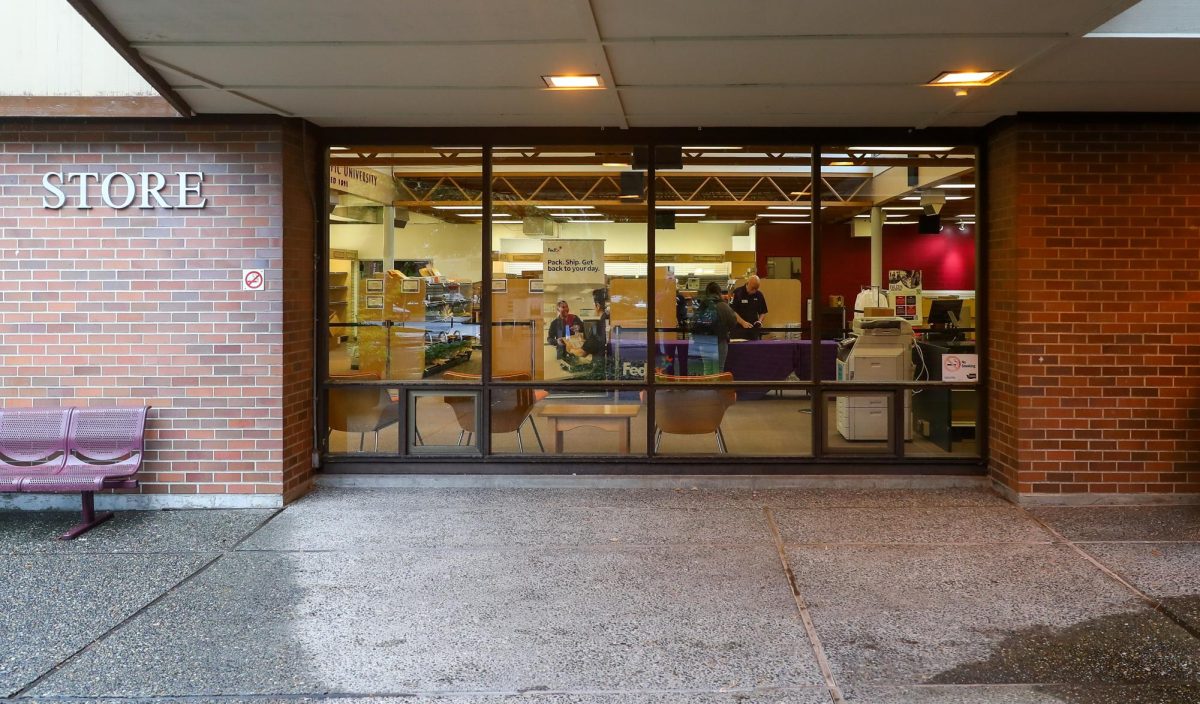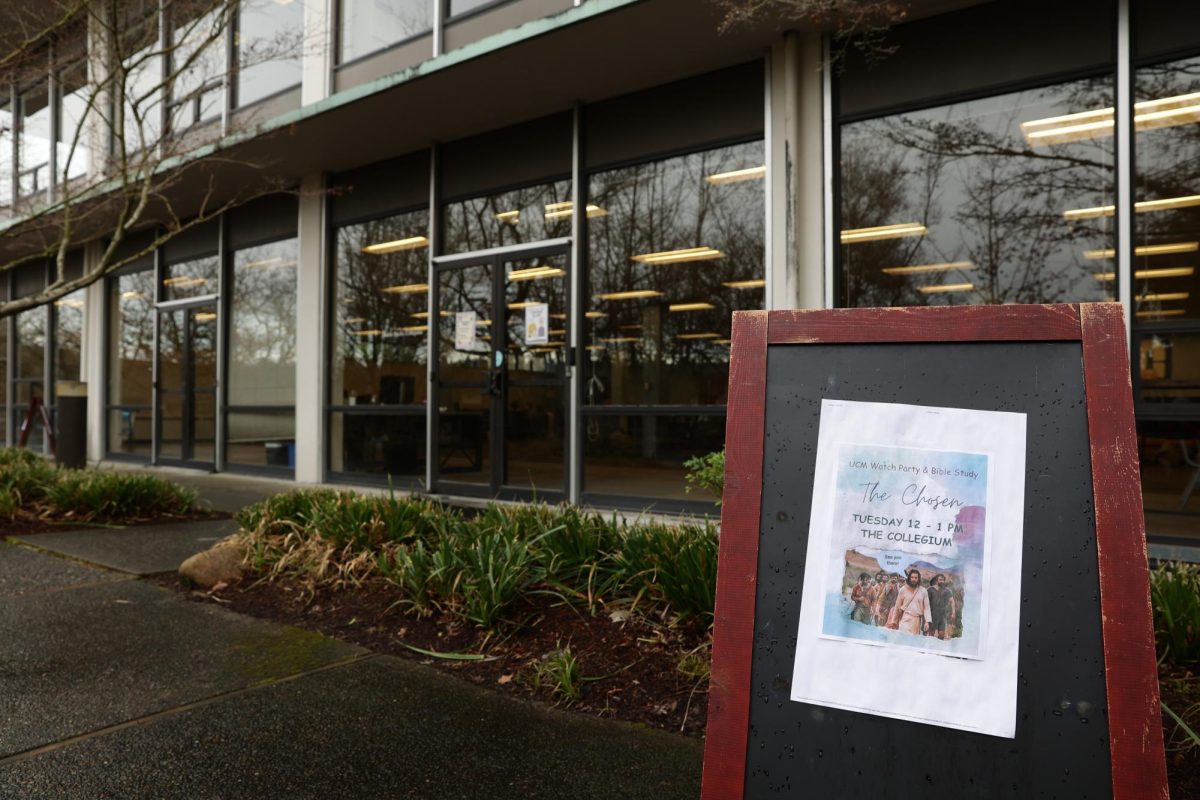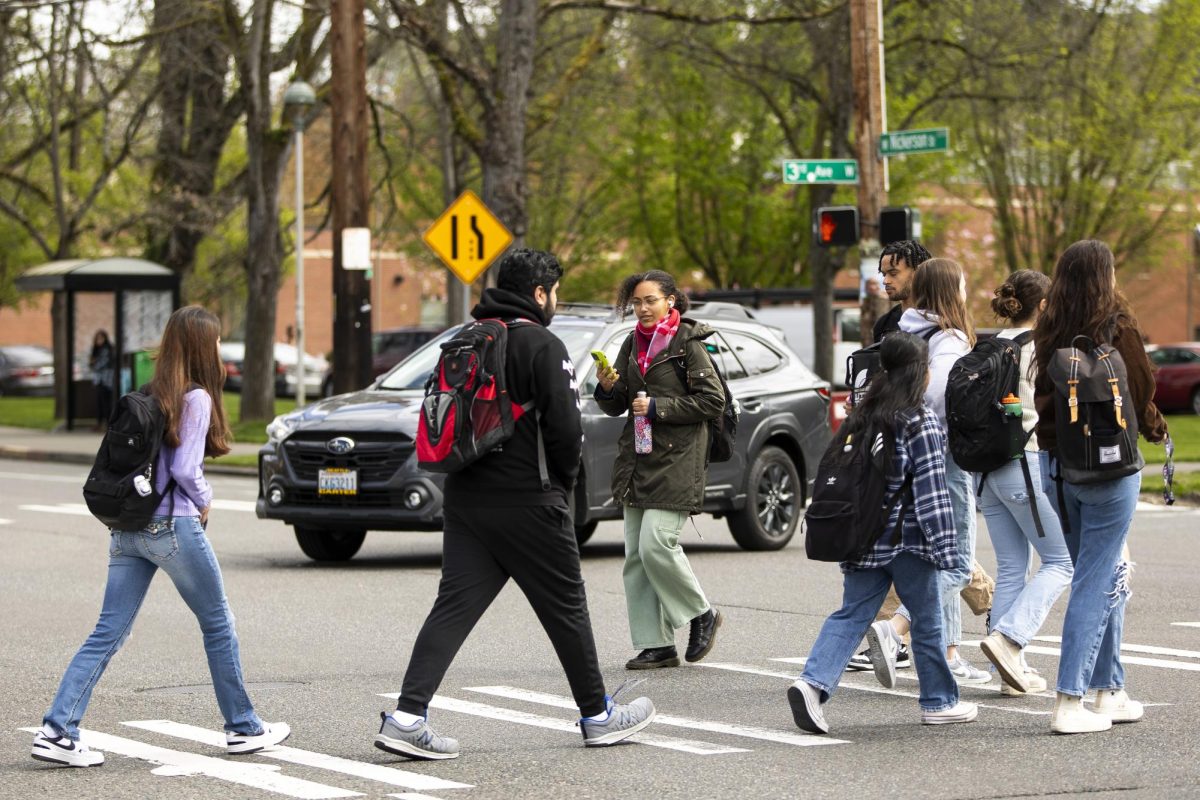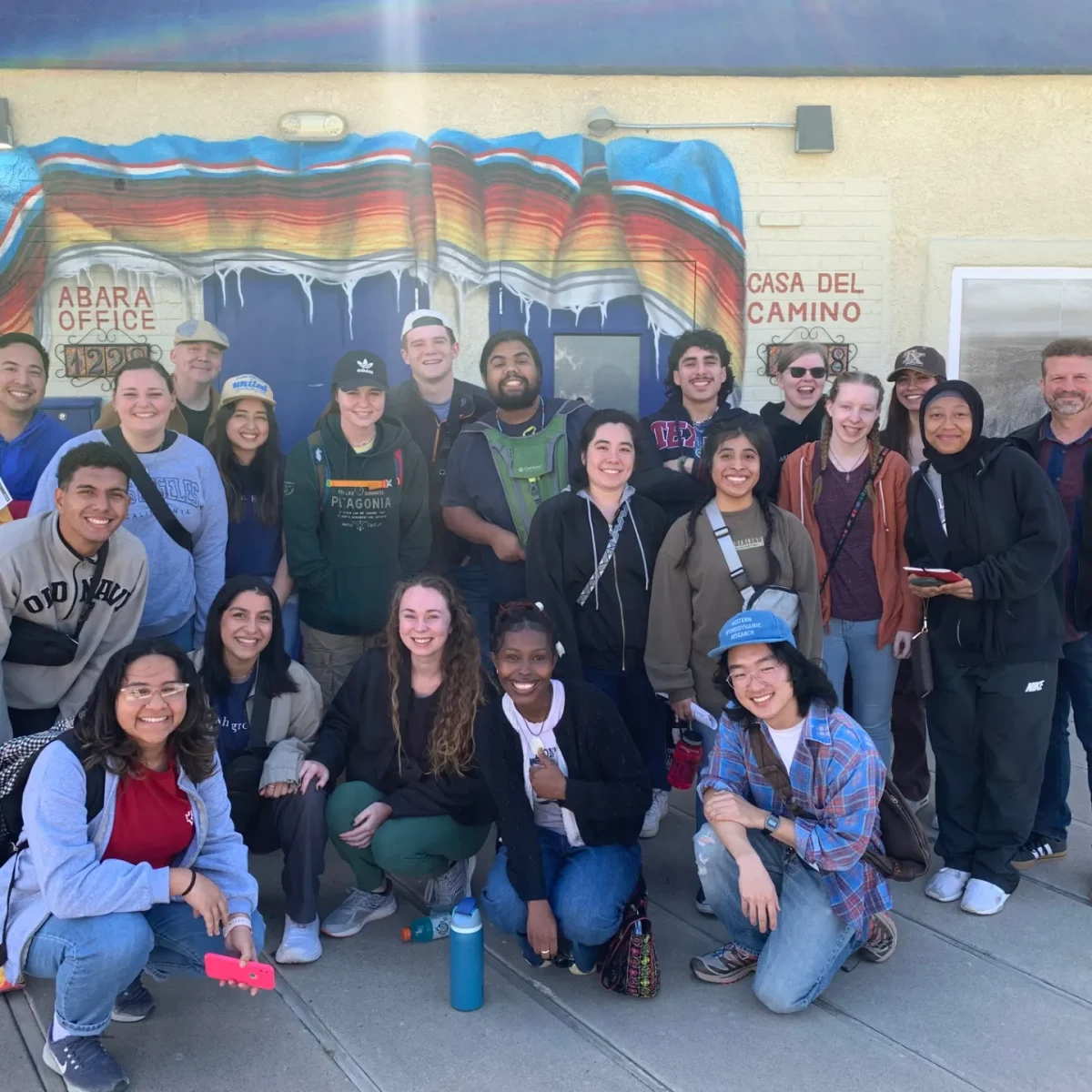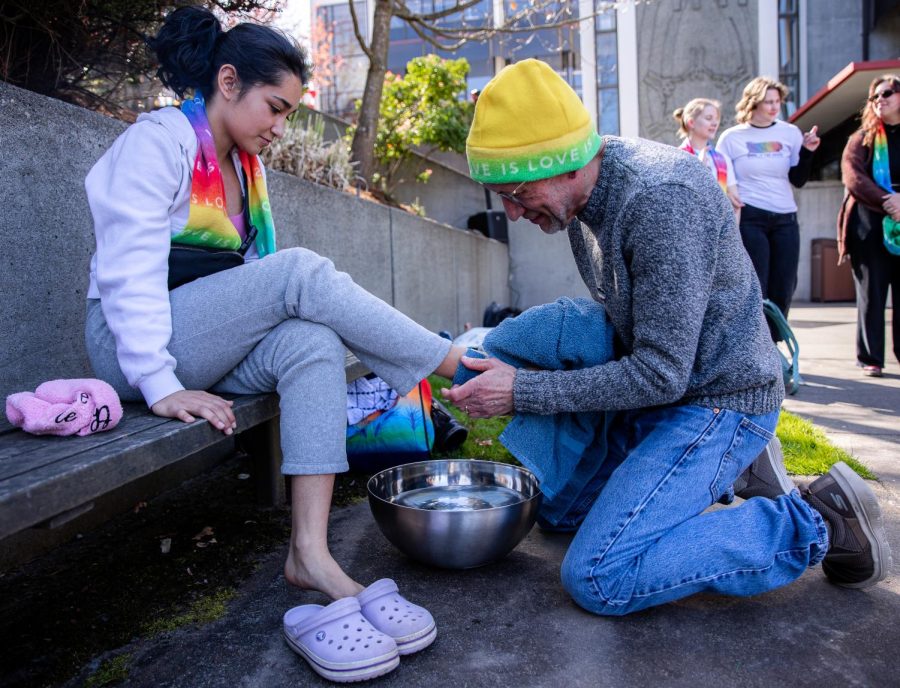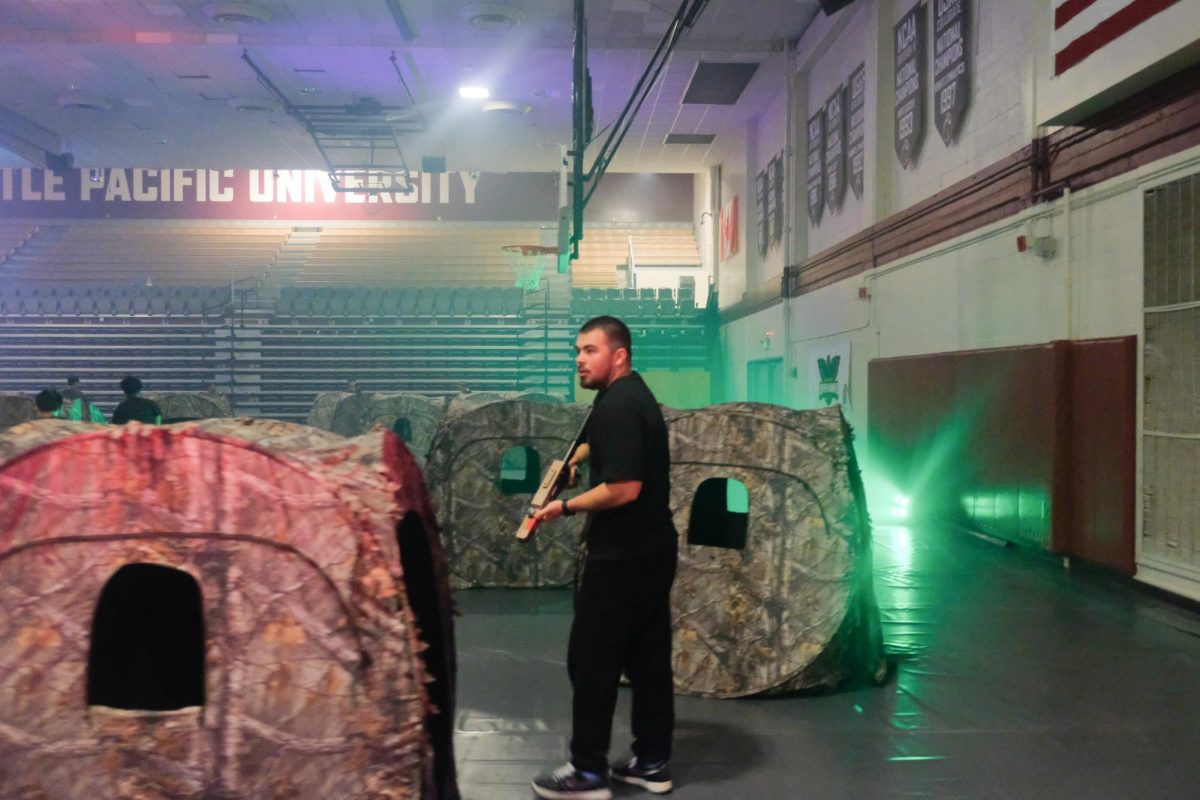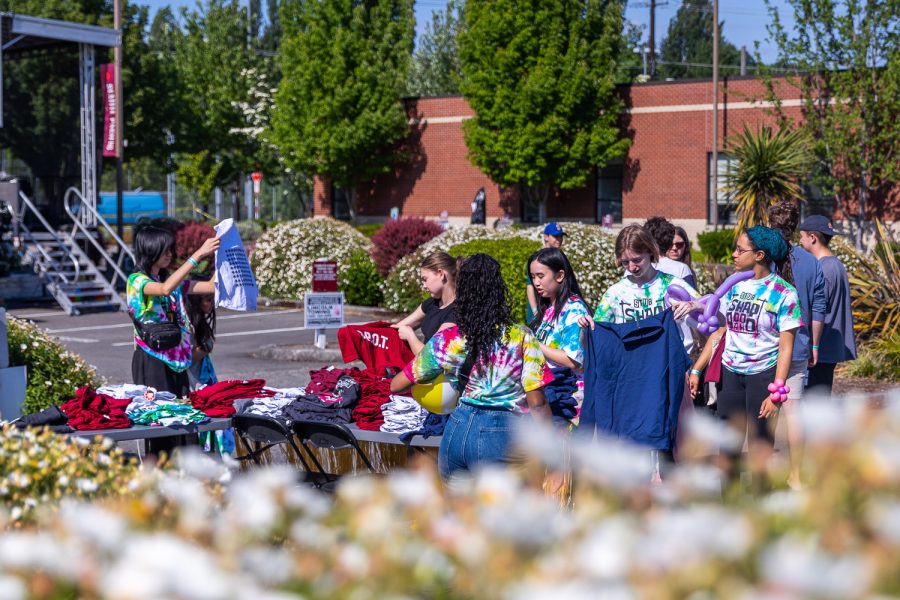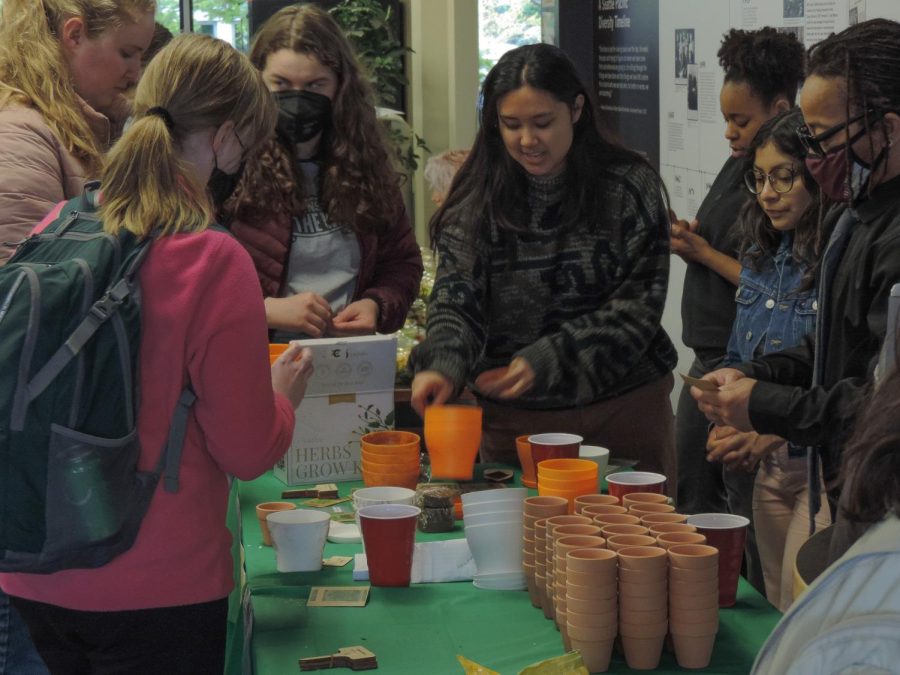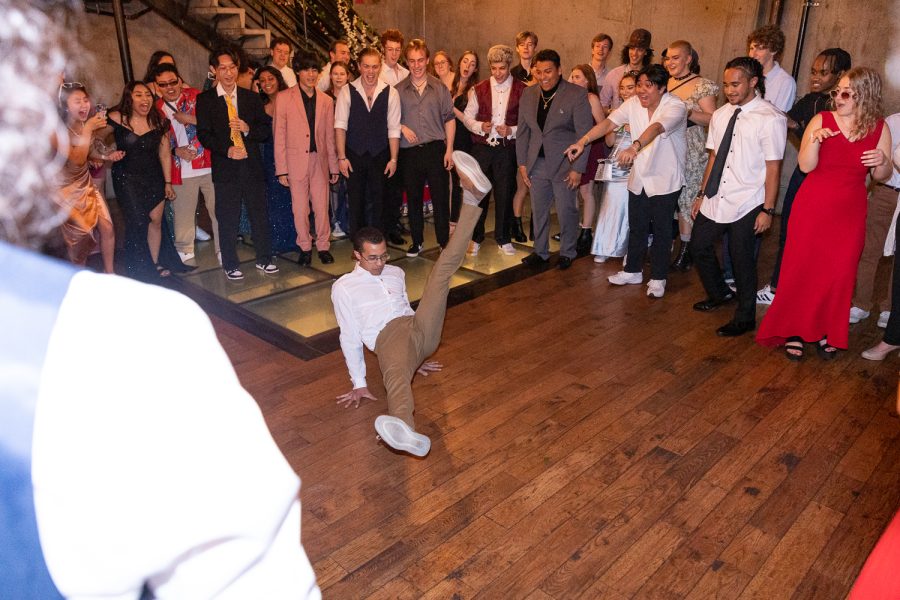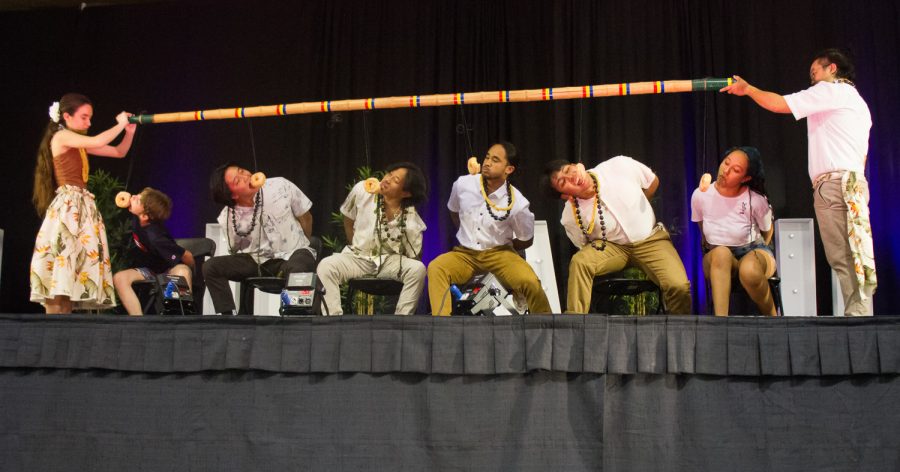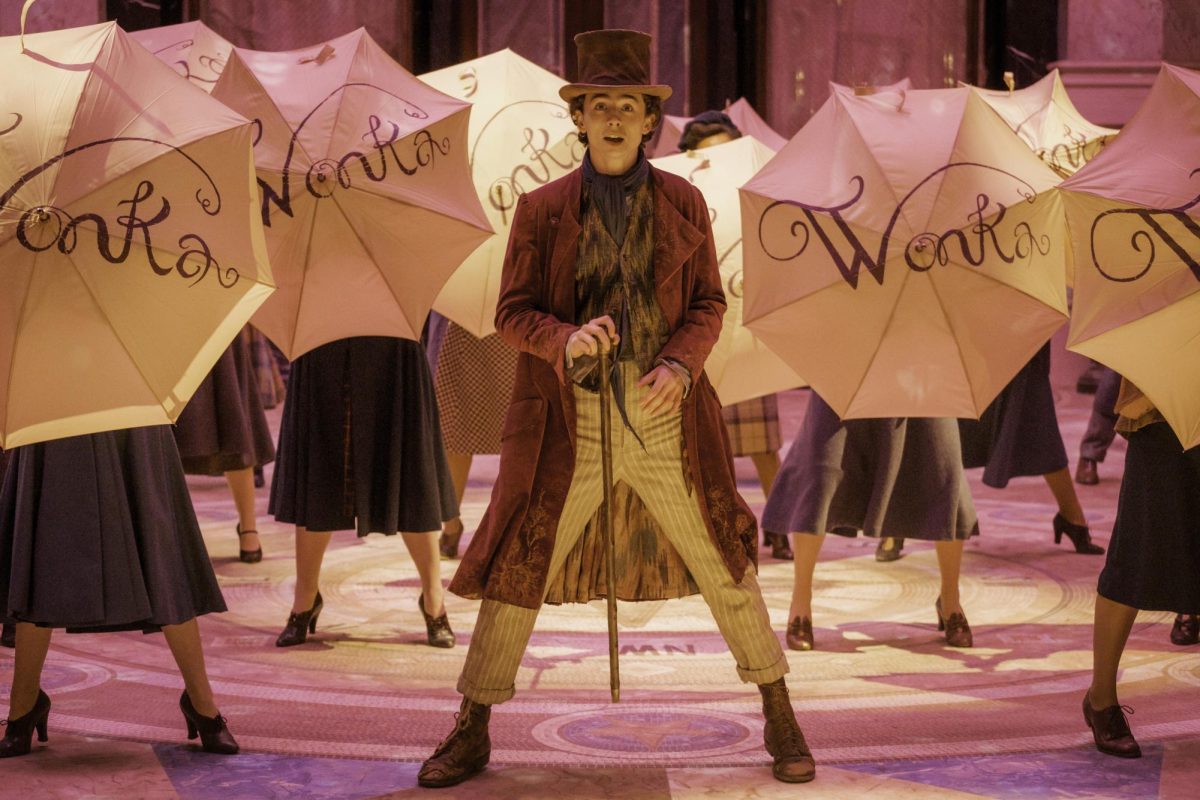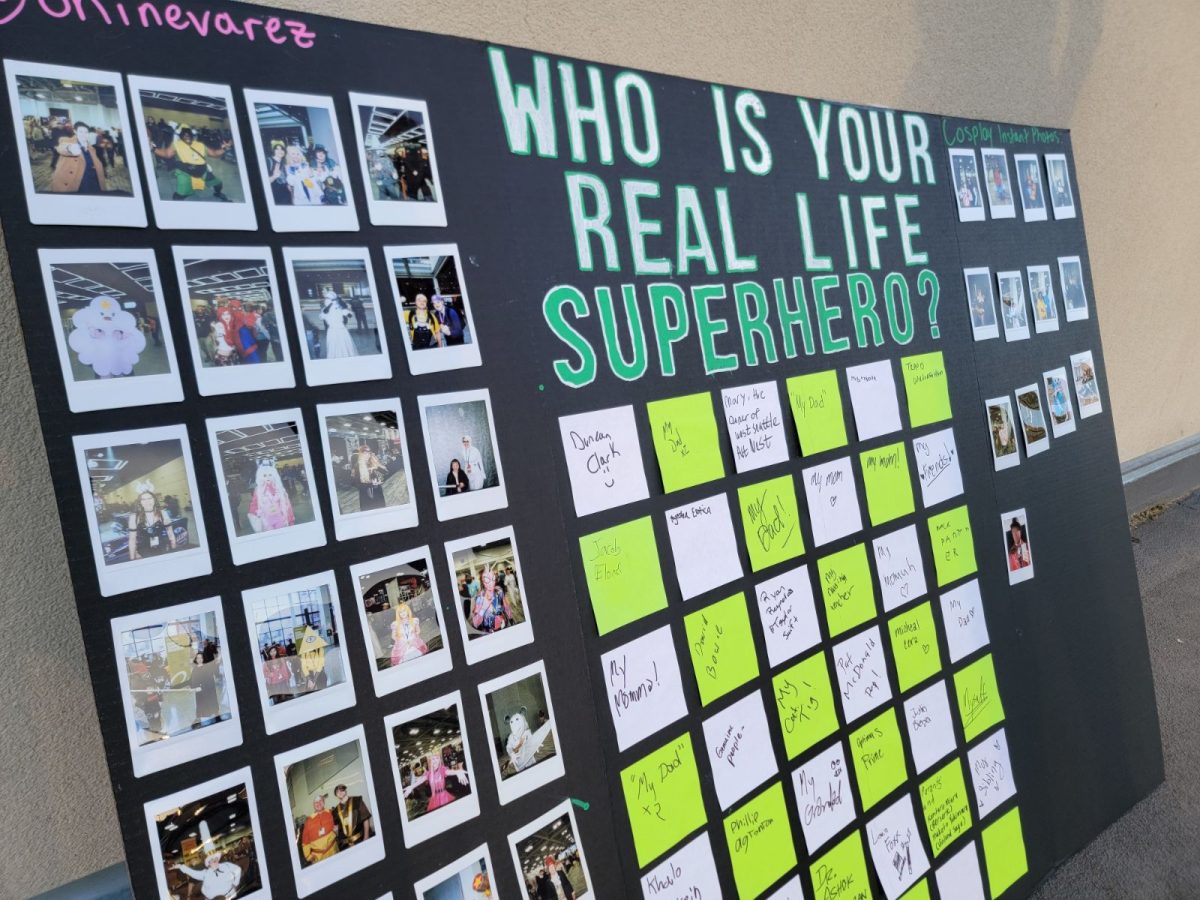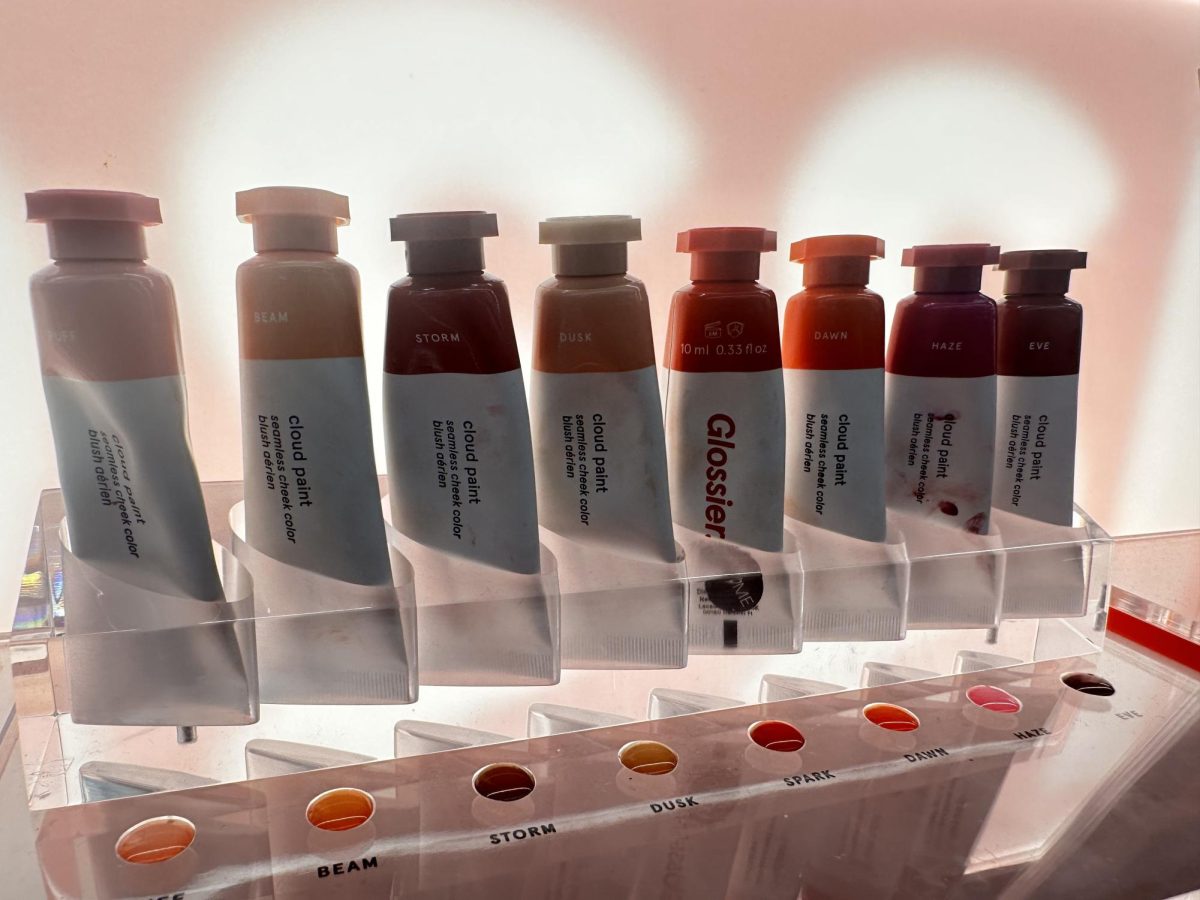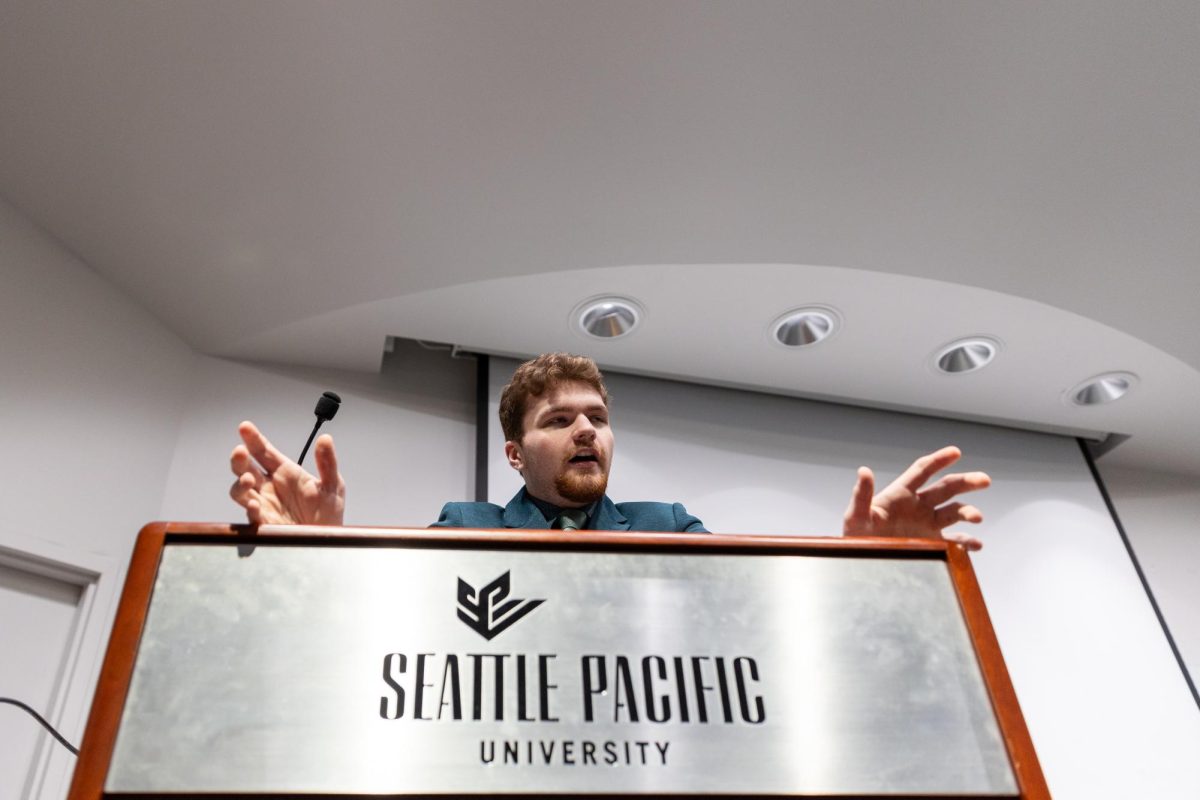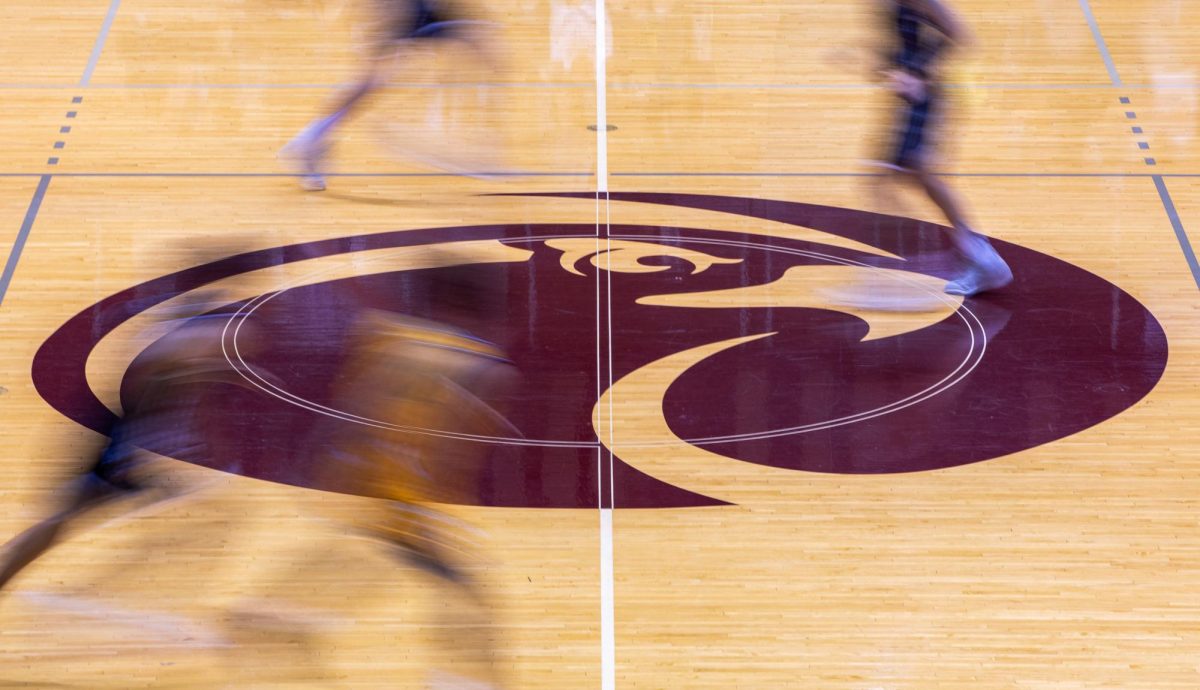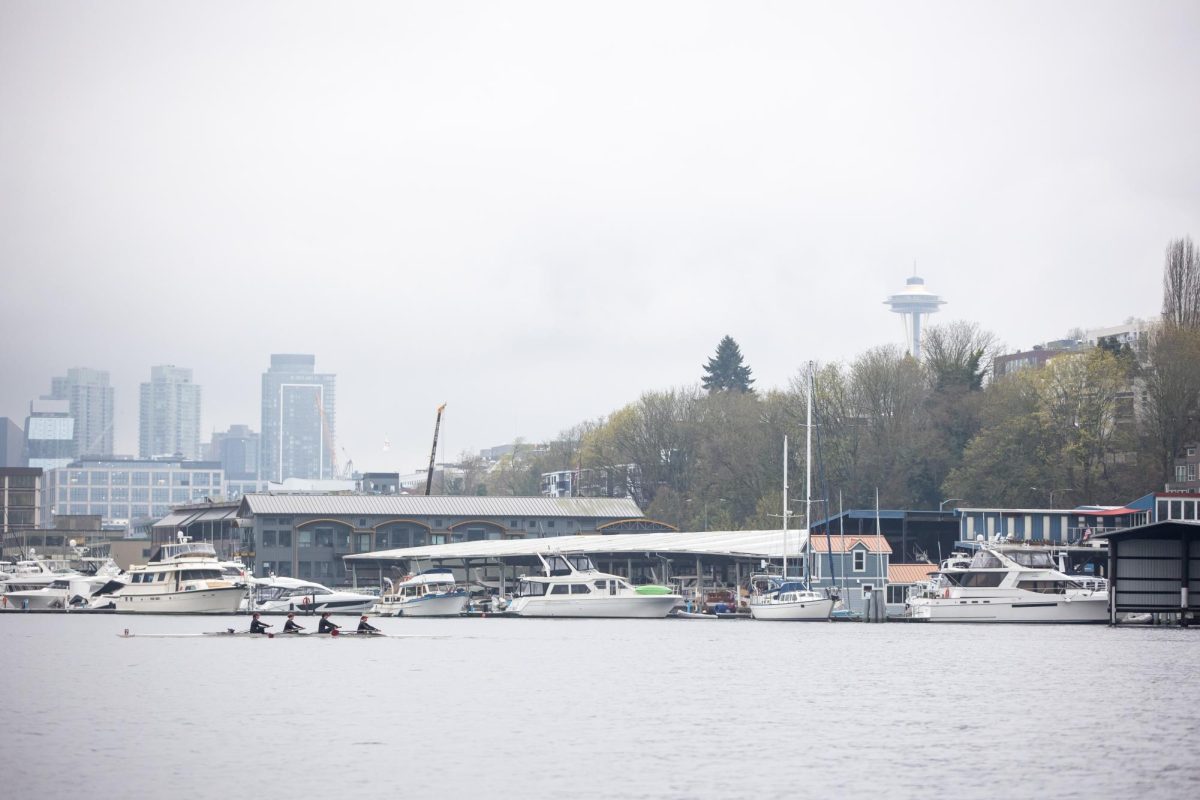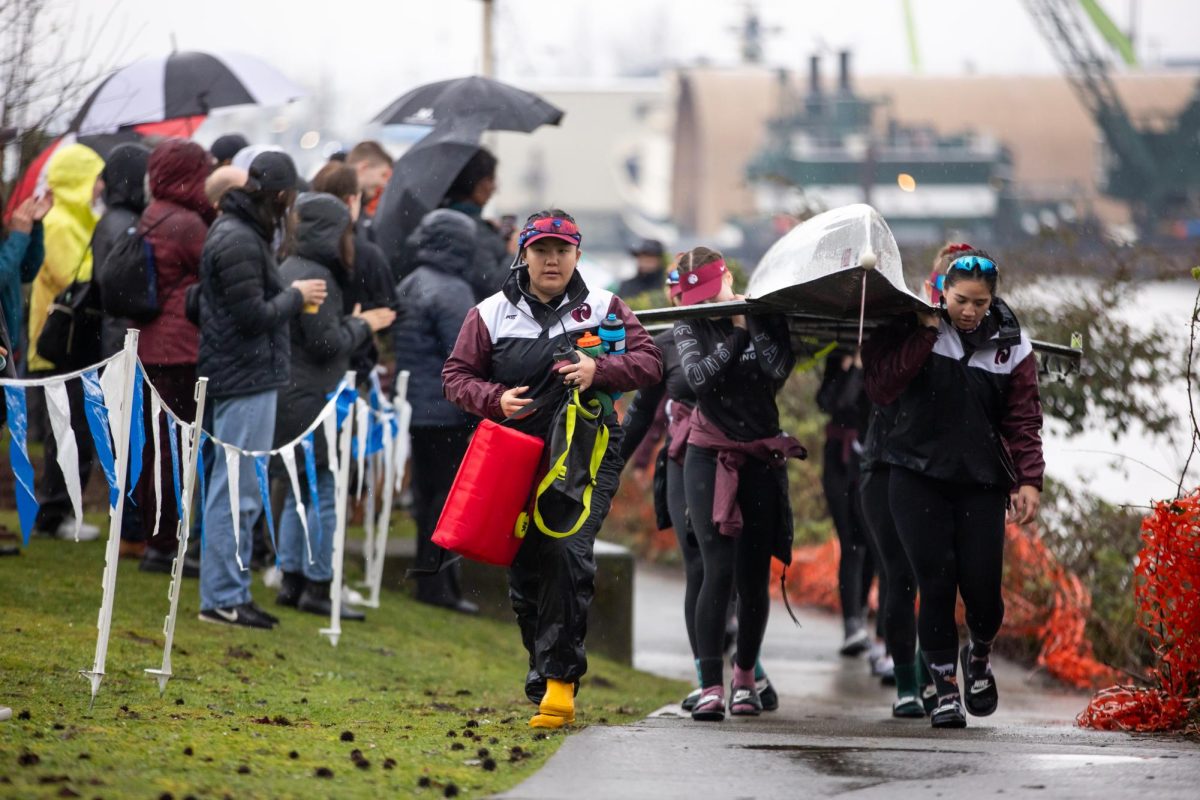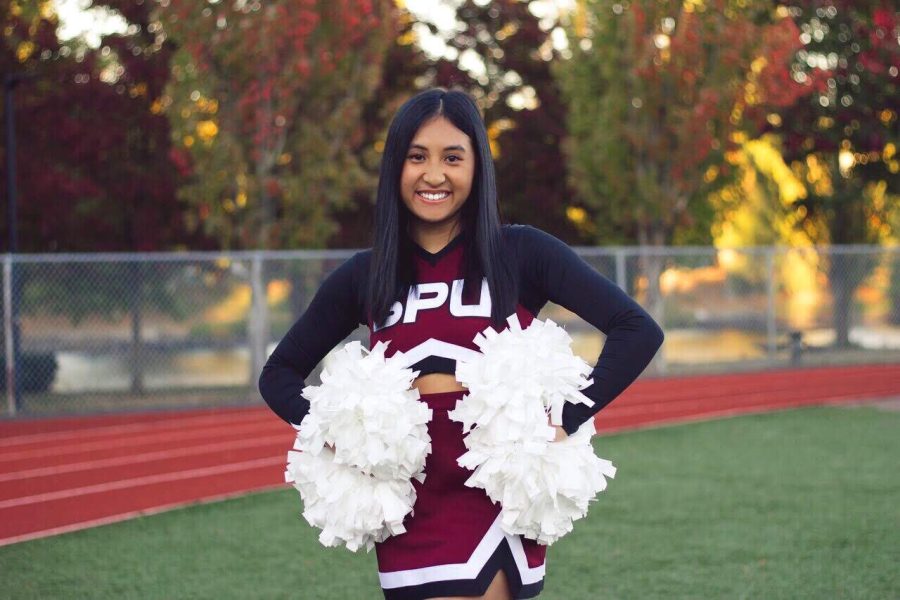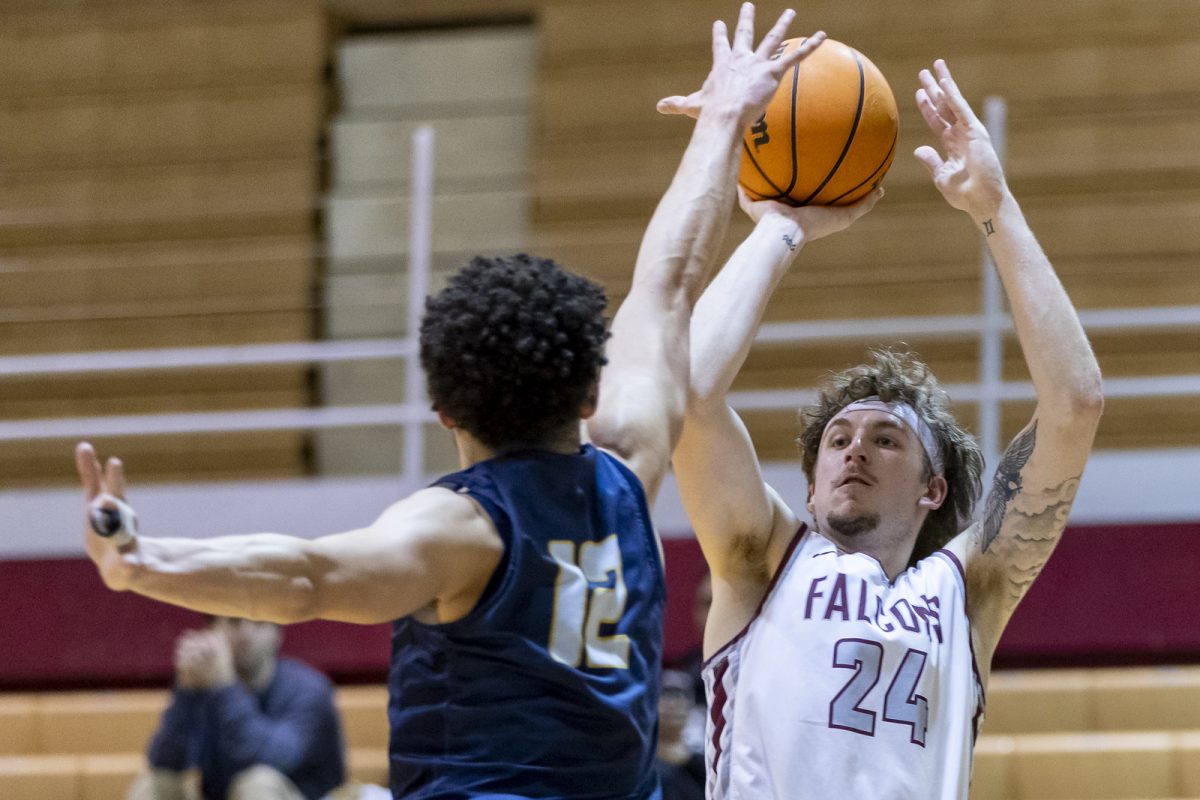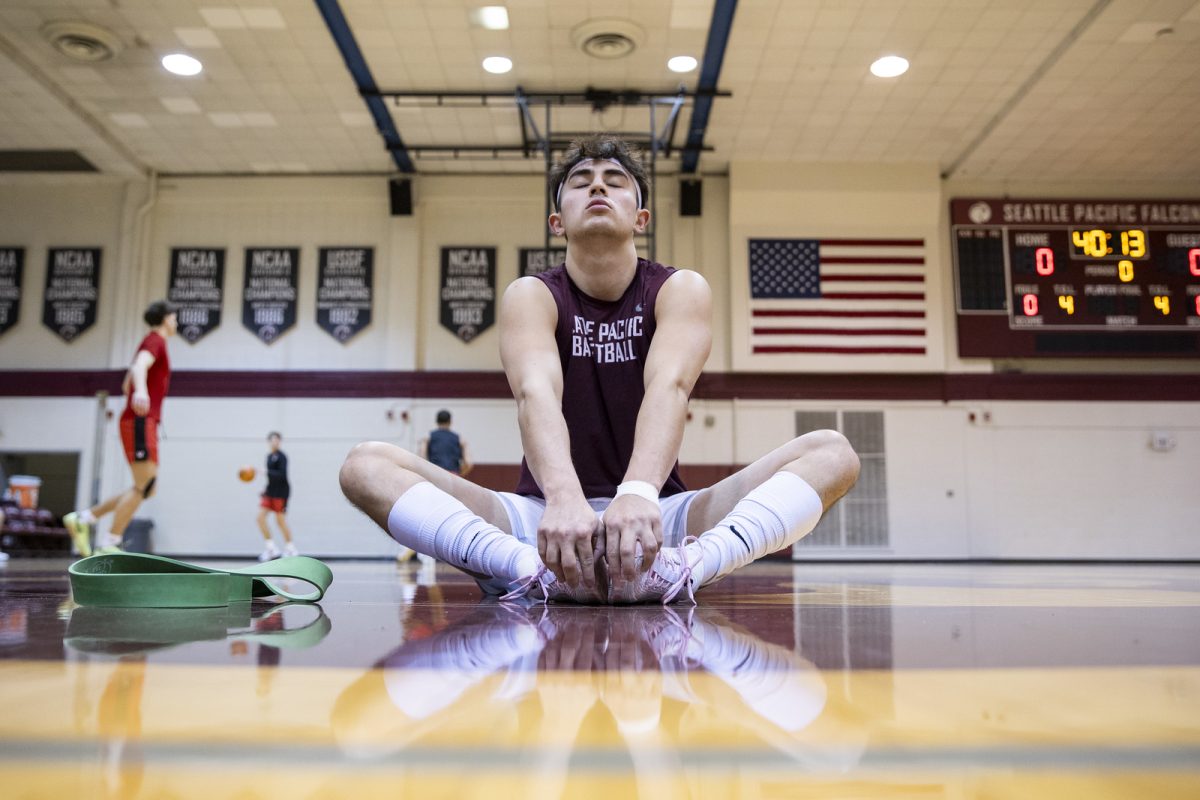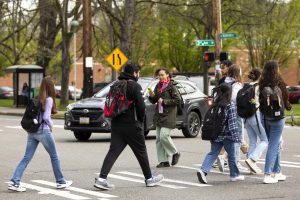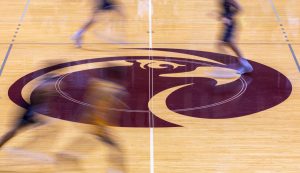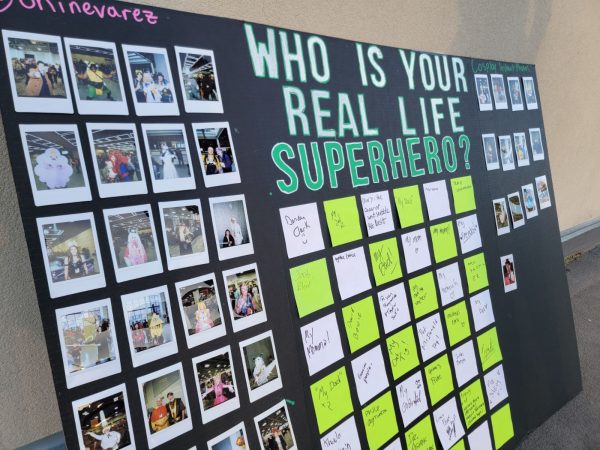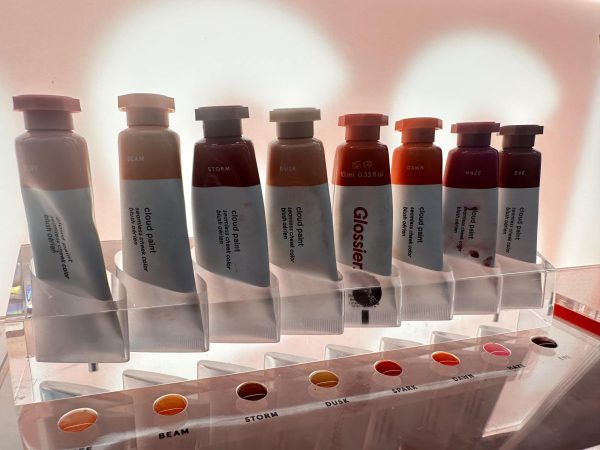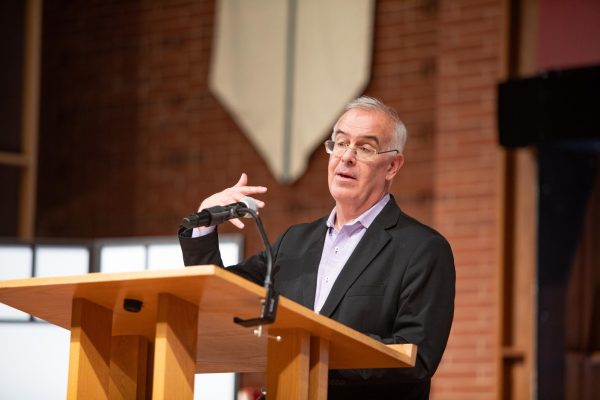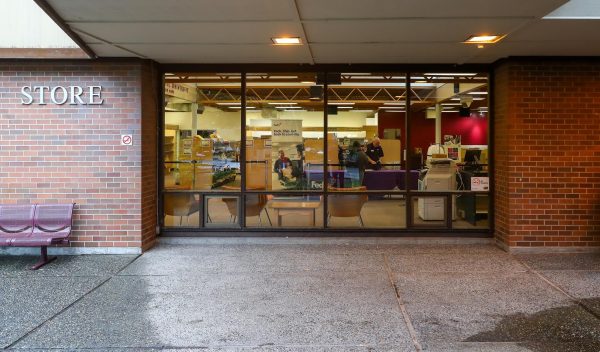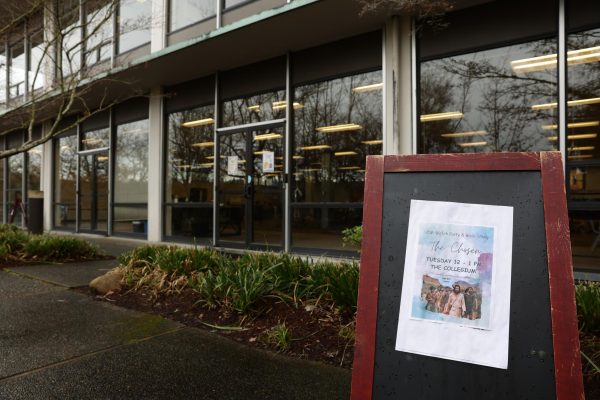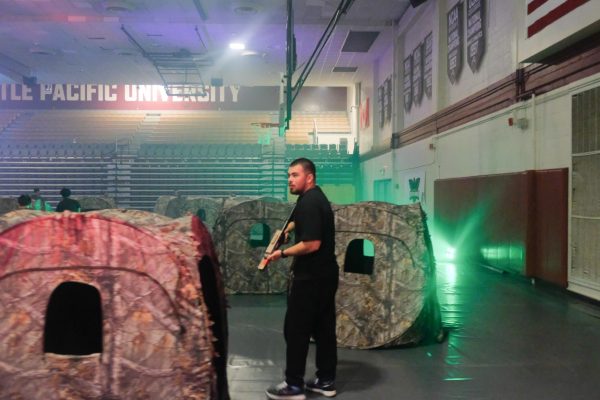Pocket change or big bucks?
Student fees and their usage explained
February 19, 2020
Fees. The last word college students want to see when adjusting bank accounts or concert tickets in their online shopping cart.
In addition to Seattle Pacific University’s climbing sticker price and textbook costs, fees are just another sum that make up the real cost of attending a private liberal arts school.
“Student fees are usually not that much. They probably go to the resources that are the reason we have to pay in the first place so that the school can fund whatever they’re giving to us,” recent sophomore transfer student Jordan Davies said.
While some of these ideas are partially right, most students are not as familiar with the exact resources that are funded by student fees.
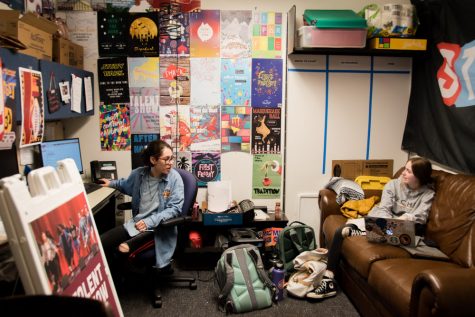
Serena Schirm and Sam Barber, members of the STUB team, working during office hours in the SUB office. Their work often extends outside of the hours they dedicate to being available to students in the SUB.
Like almost anything else, student fees come in many shapes in sizes. At SPU, student fees are broken down into two categories: student technology fees and student activities fees.
On the surface, these may be understood to provide basic accessible technology around campus or the many events coordinated by SPU. But fees have a larger impact than one may think.
Currently, SPU issues a $44,604 tuition cost, not including mandatory student fees.
On campus, the Associated Students of Seattle Pacific (ASSP) and its core members work directly with the board of trustees to debate over money issues on campus, one being the student activities fee.
“The student activities fees go to many organizations like STUB, the ORP, the John Perkins Center and ASSP. That fee covers campus events like clubs, media groups like the Falcon and KPSU,” VP of Finance Liam Smith said.
The ASSP financial board and the Board of Trustees gather for a conversation focusing on the budget as a whole, where members will suggest a number accounting for the student activities fee.
“We either suggest a cut, increase or [keep] the same amount when it comes to the activities fee,” Smith said.
For the last couple years, Smith and the financial team have stuck to a flatline where the student fee remains the same, committed to keeping the cost of SPU accessible.
For full time students on campus, a total of $309 is accounted for student activities fees and $165 is accounted for student technology fees, totaling $474.
These fees are also subject to change. Last year’s fees for the 2018-2019 school year totaled $459.
“Our goal is to keep the student fee low so students are not paying more to come to campus,” Smith said, speaking on behalf of the current ASSP Finance Board.
As elections roll in, candidates may pledge to lower student fee costs, but ASSP only has control of the activities fees.
The computers, printers, wifi and anything technology related is associated and partially funded by the $165 student tech fee.
According to Student Financial Services, the Computer Information Systems Department on campus is responsible for the technology fee.
Currently the technology fee covers four basic categories; software licensing, classroom technology, student labs, and CIS student labor.
“Software licensing is used by the institutional needs like Canvas, Microsoft Office, or Adobe Creative Cloud,” said Timothy Hisey, CIS Helpdesk Manager.
The SPU technology fee is in the hands of Micah Schaafsma, Assistant Vice President for Information Technology and CIO alongside and the Board of Trustees.
Whether there will be a rise or fall in student fees, these necessary charges will always be apart of coming to Seattle Pacific University to help fund resources on campus.


